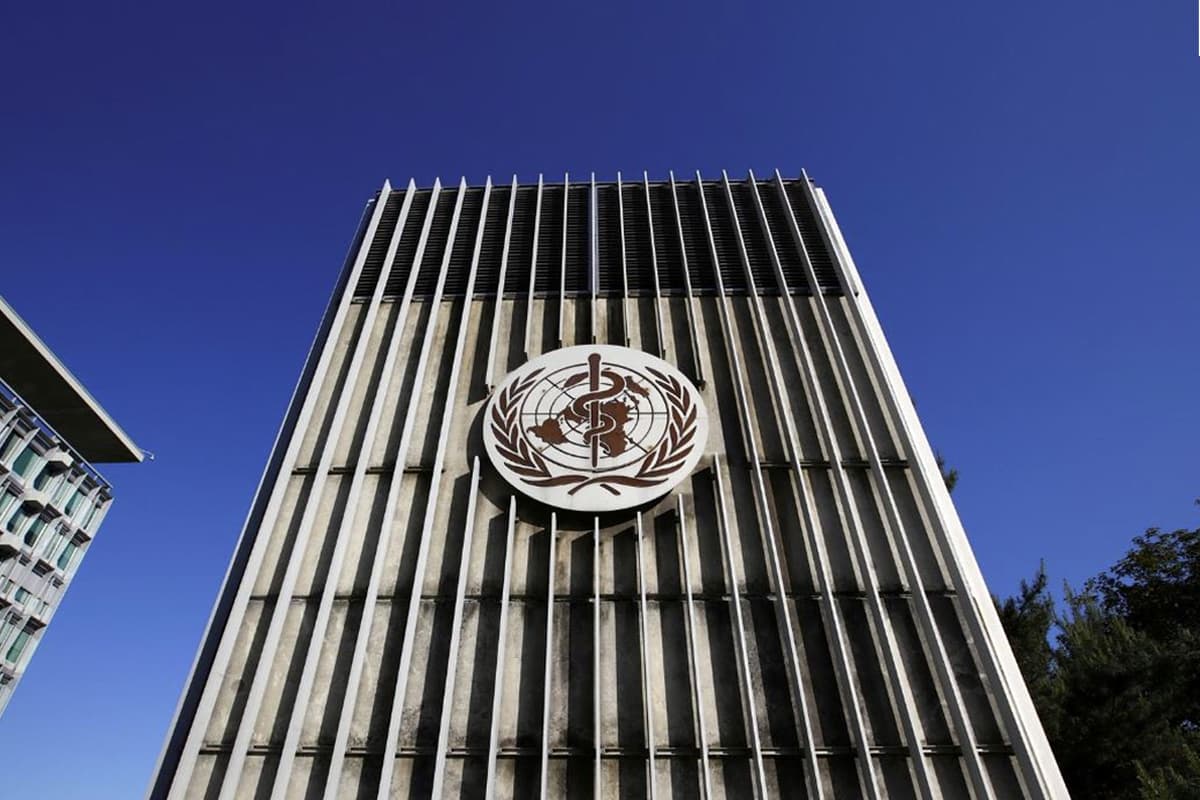
KUALA LUMPUR (June 24): Development of new antibacterial treatments is inadequate to address the mounting threat of antibiotic resistance.
In the annual pipeline report of the World Health Organization (WHO) released on Wednesday (June 22), the agency described the antibacterial clinical and preclinical pipeline as stagnant and far from meeting global needs. Since 2017, only 12 antibiotics have been approved, 10 of which belong to existing classes with established mechanisms of antimicrobial resistance (AMR).
WHO assistant director-general on AMR Dr Hanan Balkhy said there is a major gap in the discovery of antibacterial treatments, and more so in the discovery of innovative treatments.
“This presents a serious challenge to overcoming the escalating pandemic of antimicrobial resistance and leaves every one of us increasingly vulnerable to bacterial infections, including the simplest infections,” she said.
According to WHO annual analyses, in 2021 there were only 27 new antibiotics in clinical development against priority pathogens, down from 31 products in 2017.
In the preclinical stage — before clinical trials can start — the number of products has remained relatively constant over the last three years.
More broadly, the report described that of the 77 antibacterial agents in clinical development, 45 are traditional direct-acting small molecules and 32 are non-traditional agents.
It said examples of the latter are monoclonal antibodies and bacteriophages, which are viruses that can destroy bacteria.
Since antibiotics now have a limited lifespan before drug resistance emerges, non-traditional approaches offer new opportunities to tackle infections from resistant bacteria from different angles as they can be used complementarily and synergistically or as alternatives to established therapies.
The report said barriers to development of new products include the lengthy pathway to approval, high cost and low success rates.
The WHO said it currently takes approximately 10 to 15 years to progress an antibiotic candidate from the preclinical to the clinical stages.
For antibiotics in existing classes, on average, only one of every 15 drugs in preclinical development will reach patients. For new classes of antibiotics, only one in 30 candidates will reach patients.
Of the 27 antibiotics in the clinical pipeline that address priority pathogens, only six fulfil at least one of the WHO’s criteria for innovation.
The global health watchdog said the lack of innovation rapidly undermines the effectiveness of the limited number of new antibiotics that reach the market.
On average, resistance is reported to most new agents two to three years post market entry, it said.